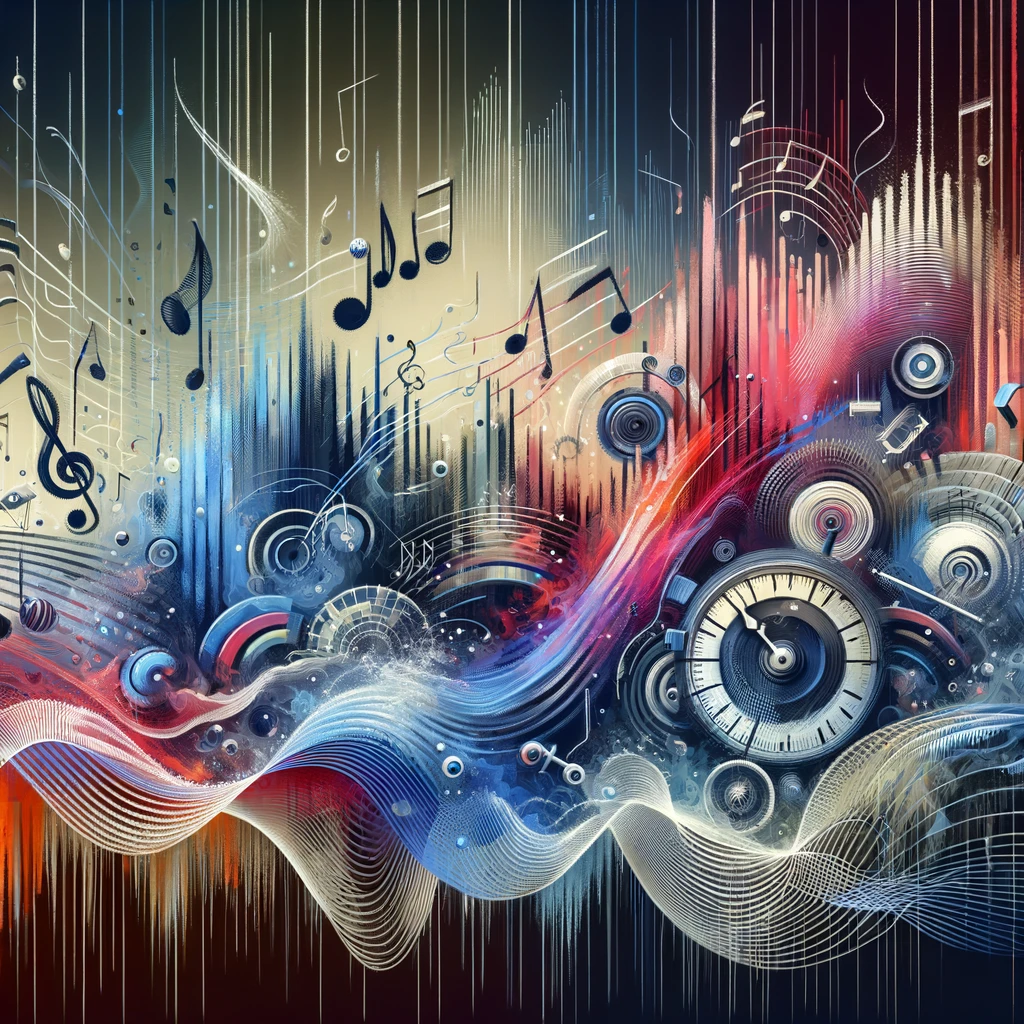Introduction
In the symphony of elements that make up a piece of music, rhythm is the heartbeat. It’s what makes music move and breathe, compelling listeners to tap their feet, nod their heads, and feel the music’s pulse in their very core. Rhythm, in its most captivating forms, bridges cultures and languages, embedding songs in our memory with a force that melody alone cannot achieve. This article explores the power of rhythm as the foundation of musical engagement, examining the types of beats and rhythms that have a magnetic appeal across different cultures.
The Universal Language of Rhythm
The Roots of Rhythm
Rhythm is as ancient as humanity itself, evident in the earliest human cultures as a means of communication, celebration, and expression. It’s found in the natural cadences of speech, the cycles of nature, and the very beating of our hearts. By exploring the global tapestry of rhythm, from the complex polyrhythms of African drumming to the steady pulse of a classical march, we can begin to understand rhythm’s universal language.
Rhythmic Patterns That Cross Cultural Boundaries
Certain rhythmic patterns have a seemingly universal appeal, transcending cultural and geographic boundaries. The clave rhythm, fundamental to much of Latin music, pulses at the heart of genres from Afro-Cuban jazz to West African traditional music. Similarly, the four-on-the-floor beat, with its steady, unyielding bass drum on every beat, forms the backbone of everything from disco to electronic dance music, resonating on dance floors around the world.
The Science of Rhythm and Engagement
How Rhythm Captures Our Attention
Neuroscience offers insights into how rhythm engages our brains in a way that is both primal and intricate. Rhythmic patterns stimulate the motor areas of the brain, prompting physical responses like tapping and dancing. This section delves into the research showing how rhythm anchors music in our memory and why some songs become almost addictive, compelling us to listen on repeat.
The Psychology Behind Foot-Tapping and Head-Nodding
The irresistible urge to move with the music is not merely a physical reaction but a psychological one. Rhythm can influence our mood, energy levels, and even our perception of time. Through psychological studies and expert insights, we explore how rhythm can act as a tool for emotional regulation and social connection, fostering a collective experience among listeners.
The Role of Rhythm in Musical Memory
Crafting Memorable Music Through Rhythm
Memorable songs often boast rhythms that are both catchy and familiar, yet interspersed with unexpected variations that surprise and delight the listener. This balance between predictability and novelty makes rhythm a powerful tool in making music stick in our minds long after the last note has played.
The Art of Rhythmic Variation
Songwriters and composers skillfully employ rhythmic variation to create texture and interest in their music. This section highlights examples from popular music and classical compositions where rhythmic innovation turns a simple melody into a timeless hit, illustrating the techniques used to vary rhythm without losing the core pulse that engages listeners.
Conclusion
Rhythm, in its myriad forms, is the pulse of musical engagement, weaving through the fabric of melodies and harmonies to touch the essence of our shared human experience. It invites us to move, compels us to feel, and embeds music deep within our collective memory. As we explore the rhythms that connect us across cultures and eras, we not only celebrate the diversity of musical expression but also the universal beat that unites us all.
